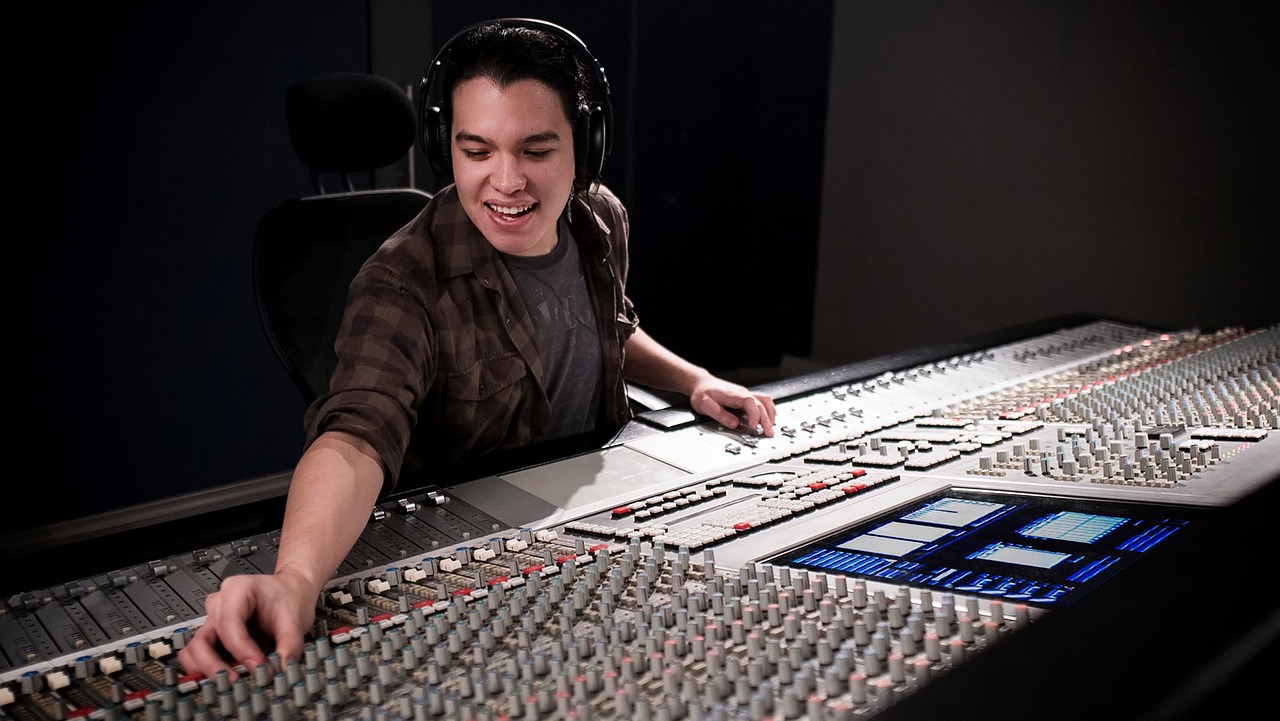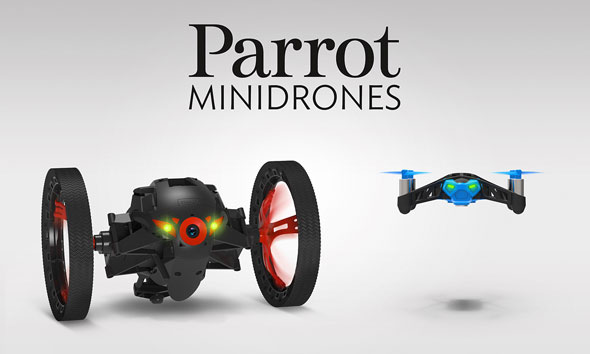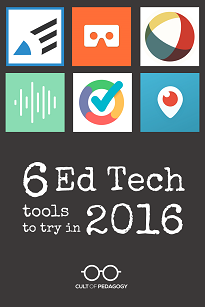Creating Anywhere: Key Features to Look for in Mobile Music Production Apps

Imagine being able to craft a catchy melody while on a bus ride or laying down beats during your lunch break. The beauty of mobile music production apps lies in their ability to turn any moment into a creative opportunity. Whether you’re a seasoned or just starting as a producer, these powerful tools can bring your musical ideas to life anytime and anywhere.
With technology advancements, the capabilities of mobile apps have skyrocketed, making them more versatile than ever before. But with so many options available, how do you choose the right app for your needs? Here’s what you should keep an eye out for as you embark on your mobile music-making journey.
If you need a creative boost, the Unison Free Packs provide top-tier sounds to help bring your ideas to life.
Multi-Track Editing and Arrangement
Multi-track editing is a game changer in mobile music production. It allows you to layer sounds and create complex arrangements right from your device. Imagine being able to record vocals, add guitar riffs, and sprinkle in percussion all at once. Look for apps that offer intuitive interfaces where you can easily drag and drop tracks. The ability to zoom in on waveforms helps with precision edits, ensuring every note hits just right. Real-time playback lets you hear changes as they happen, making the creative process fluid and dynamic. Some apps even support automation features for adjusting volume or effects over time. A well-designed app will also enable seamless clip arrangement. This means you can experiment with song structure without losing inspiration along the way. With multi-track capabilities, your mobile setup becomes a powerful studio on the go.

High-Quality Virtual Instruments and Effects
Regarding mobile music production, the quality of virtual instruments and effects can make or break your sound. High-quality samples bring life to your tracks, allowing you to create rich textures and captivating melodies. Look for apps that feature a diverse range of instruments. From lush synths to realistic pianos, having variety at your fingertips fuels creativity. Effects like reverb, delay, and compression should be equally impressive. They allow for nuanced mixing right from your device. Intuitive interfaces are essential as well. You want seamless access to these tools without feeling overwhelmed by complexity. The best apps strike a balance between power and ease of use.
Additionally, consider how often these libraries get updated with new sounds. Fresh content keeps inspiration alive and helps maintain a modern edge in your productions.
MIDI Compatibility and Controller Support
MIDI compatibility is a game changer for mobile music production. It opens up endless possibilities for musicians on the go. With MIDI, you can connect various controllers and instruments to your app seamlessly. The right app will support an array of MIDI devices, from keyboards to drum pads. This flexibility allows artists to create with their preferred hardware, enhancing the creative process. Look for apps that offer robust mapping features. Customizing controls can elevate your workflow significantly. Whether adjusting parameters or triggering sounds, intuitive setups make …


 Thanks to the development of digital technology, the music industry has undergone a tremendous upheaval in recent years. Artists and labels no longer primarily rely on physical record sales as a source of income. Nowadays, the market is dominated by streaming services like Spotify and Apple Music, making it simpler than ever for fans to get their favorite tunes whenever they want. Music editors now have to traverse an increasingly complicated ecosystem of file formats, metadata requirements, and online distribution methods as a result of this shift towards digital.
Thanks to the development of digital technology, the music industry has undergone a tremendous upheaval in recent years. Artists and labels no longer primarily rely on physical record sales as a source of income. Nowadays, the market is dominated by streaming services like Spotify and Apple Music, making it simpler than ever for fans to get their favorite tunes whenever they want. Music editors now have to traverse an increasingly complicated ecosystem of file formats, metadata requirements, and online distribution methods as a result of this shift towards digital.
